Nationality France Children Henri Cartan | Name Elie Cartan Role Mathematician | |
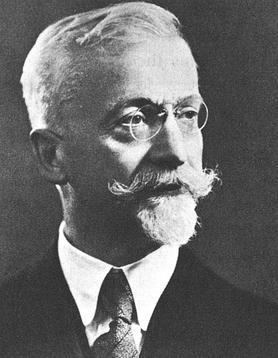 | ||
Born 9 April 1869Dolomieu, Isere, France ( 1869-04-09 ) Institutions University of ParisEcole Normale Superieure Thesis Sur la structure des groupes de transformations finis et continus (1894) Doctoral advisor Gaston DarbouxSophus Lie Doctoral students Charles EhresmannMohsen HashtroodiRadu RoscaKentaro Yano Died May 6, 1951, Paris, France Books The Theory of Spinors Similar People | ||
Education Ecole Normale Superieure | ||
lie cartan
Élie Joseph Cartan ([kaʁtɑ̃]; 9 April 1869 – 6 May 1951) was an influential French mathematician who did fundamental work in the theory of Lie groups and their geometric applications. He also made significant contributions to mathematical physics, differential geometry, and group theory. He was the father of another influential mathematician, Henri Cartan, and the composer Jean Cartan.
Contents
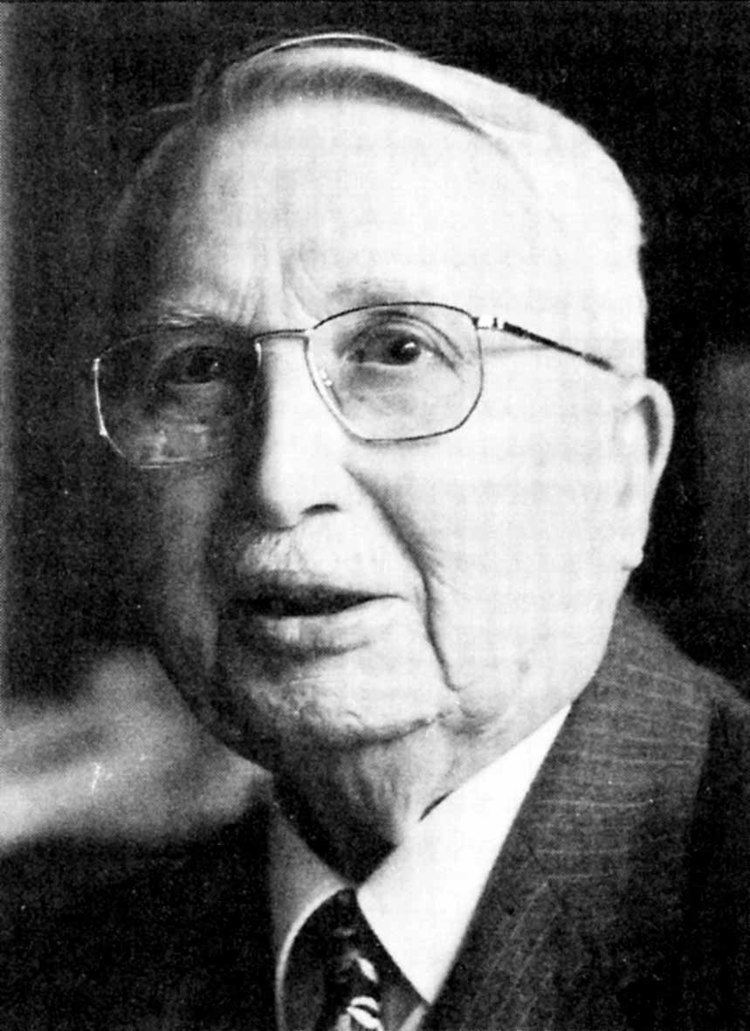
Élie Cartan | Wikipedia audio article
Life
Élie Cartan was born 9 April 1869 in the village of Dolomieu, Isère to Joseph Cartan (1837–1917) and Anne Cottaz (1841–1927). Joseph Cartan was the village blacksmith; Élie Cartan recalled that his childhood had passed under "blows of the anvil, which started every morning from dawn", and that "his mother, during those rare minutes when she was free from taking care of the children and the house, was working with a spinning-wheel". Élie had an elder sister Jeanne-Marie (1867–1931) who became a dressmaker; a younger brother Léon (1872–1956) who became a blacksmith working in his father's smithy; and a younger sister Anna (1878–1923), who, partly under Élie's influence, entered École Normale Supérieure (as Élie had before) and chose the career as a mathematics teacher at lycée (secondary school).
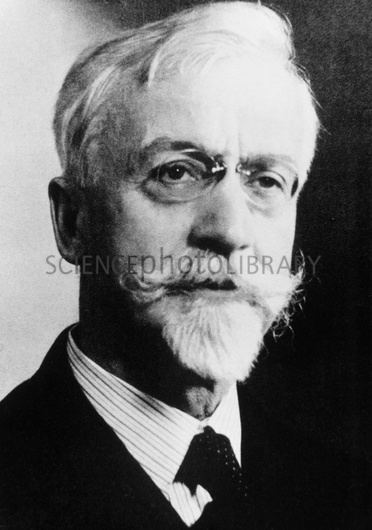
Élie Cartan entered an elementary school in Dolomieu and was the best student in the school. One of his teachers, M. Dupuis, recalled "Élie Cartan was a shy student, but an unusual light of great intellect was shining in his eyes, and this was combined with an excellent memory". Antonin Dubost, then the representative of Isère, visited the school and was impressed by Cartan's unusual abilities. He recommended Cartan to participate in a contest for a scholarship in a lycée. Cartan prepared for the contest under the supervision of M. Dupuis and passed at the age of ten years. He spent five years (1880–1885) at the College of Vienne and then two years (1885–1887) at the Lycée of Grenoble. In 1887 he moved to the Lycée Janson de Sailly in Paris to study sciences for two years; there he met and made friend of his classmate Jean-Baptiste Perrin (1870–1942) who later became a famous physicist in France.
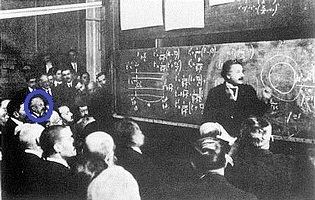
Cartan enrolled in the École Normale Supérieure in 1888. He attended there lectures by Charles Hermite (1822–1901), Jules Tannery (1848–1910), Gaston Darboux (1842–1917), Paul Appell (1855–1930), Émile Picard (1856–1941), Edouard Goursat (1858–1936), and Henri Poincaré (1854–1912) whose lectures were what Cartan thought most highly of.
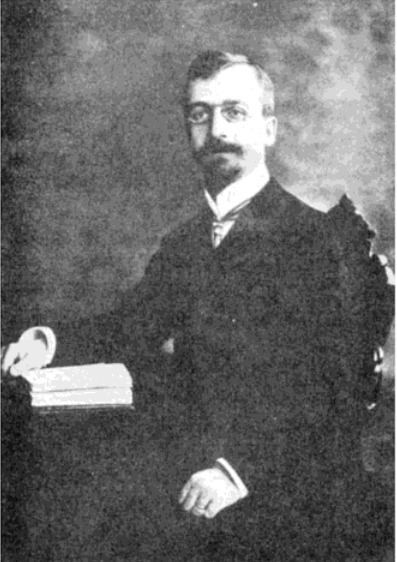
After graduation from the École Normale Superieure in 1891, Cartan was drafted into the French army, where he served one year and attained the rank of sergeant. For next two years (1892–1894) Cartan returned to ENS and, following the advice of his classmate Arthur Tresse (1868–1958) who studied under Sophus Lie in the years 1888–1889, worked on the subject of classification of simple Lie groups, which was started by Wilhelm Killing. In 1892 Lie came to Paris, at the invitation of Darboux and Tannery, and met Cartan for the first time.
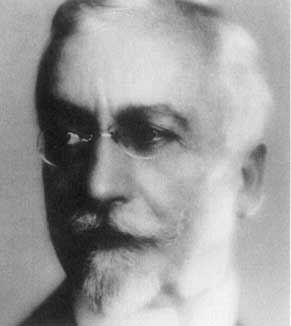
Cartan defended his dissertation, The structure of finite continuous groups of transformations in 1894 in the Faculty of Sciences in the Sorbonne. Between 1894 and 1896 Cartan was a lecturer at the University of Montpellier; during the years 1896 through 1903, he was a lecturer in the Faculty of Sciences at the University of Lyon.
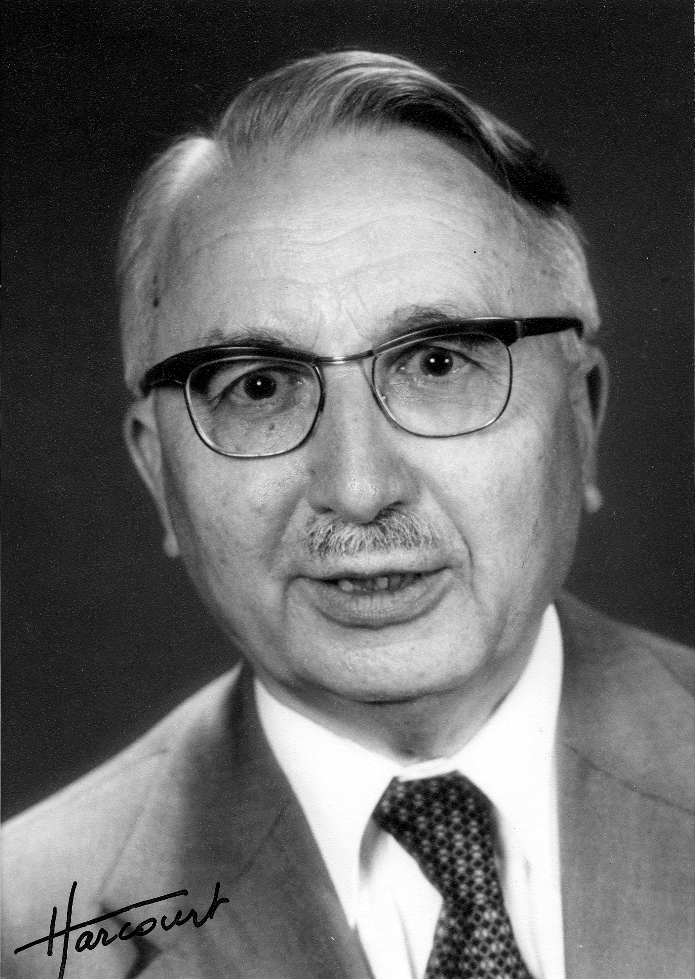
In 1903, while in Lyons, Cartan married Marie-Louise Bianconi (1880–1950); at the same year, Cartan became a professor in the Faculty of Sciences at the University of Nancy. In 1904, Cartan's first son, Henri Cartan, who later became an influential mathematician, was born; in 1906, another son, Jean Cartan, who became a composer, was born. In 1909 Cartan moved his family to Paris and worked as a lecturer in the Faculty of Sciences in the Sorbonne. In 1912 Cartan became Professor there, based on the reference he received from Poincaré. He remain in Sorbonne until his retirement in 1940 and spent the last years of his life teaching mathematics at the Ecole Normale Supérieure for girls.
In 1937 he became foreign member of the Royal Netherlands Academy of Arts and Sciences. In 1938 he participated in the International Committee composed to organise the International Congresses for the Unity of Science.
He died in 1951 in Paris after a long illness.
Work
By his own account, in his Notice sur les travaux scientifiques, the main theme of his works (numbering 186 and published throughout the period 1893–1947) was the theory of Lie groups. He began by working over the foundational material on the complex simple Lie algebras, tidying up the previous work by Friedrich Engel and Wilhelm Killing. This proved definitive, as far as the classification went, with the identification of the four main families and the five exceptional cases. He also introduced the algebraic group concept, which was not to be developed seriously before 1950.
He defined the general notion of anti-symmetric differential form, in the style now used; his approach to Lie groups through the Maurer–Cartan equations required 2-forms for their statement. At that time what were called Pfaffian systems (i.e. first-order differential equations given as 1-forms) were in general use; by the introduction of fresh variables for derivatives, and extra forms, they allowed for the formulation of quite general PDE systems. Cartan added the exterior derivative, as an entirely geometric and coordinate-independent operation. It naturally leads to the need to discuss p-forms, of general degree p. Cartan writes of the influence on him of Charles Riquier’s general PDE theory.
With these basics — Lie groups and differential forms — he went on to produce a very large body of work, and also some general techniques such as moving frames, that were gradually incorporated into the mathematical mainstream.
In the Travaux, he breaks down his work into 15 areas. Using modern terminology, they are these:
- Lie theory
- Representations of Lie groups
- Hypercomplex numbers, division algebras
- Systems of PDEs, Cartan–Kähler theorem
- Theory of equivalence
- Integrable systems, theory of prolongation and systems in involution
- Infinite-dimensional groups and pseudogroups
- Differential geometry and moving frames
- Generalised spaces with structure groups and connections, Cartan connection, holonomy, Weyl tensor
- Geometry and topology of Lie groups
- Riemannian geometry
- Symmetric spaces
- Topology of compact groups and their homogeneous spaces
- Integral invariants and classical mechanics
- Relativity, spinors
